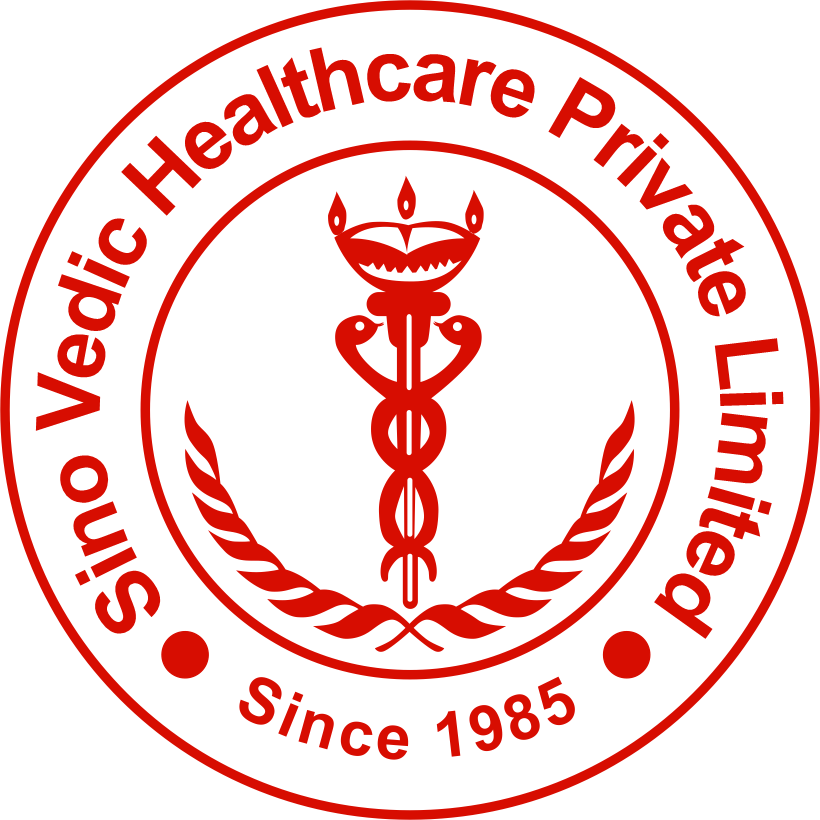The 7th century saw a golden age of medicine in India. Thousands of students studied Ayurveda at universities, especially Nalanda. These scholars recorded the medical achievements of that time, opened hospitals and developed herbal gardens. Avicenna (AD 980-1037), the author of ‘Canon of Medicine’ was the most famous physician of the day. During this period 'ginseng root' was brought from China to Europe. After unification of Asia in 14th century, the trade of medicinal herbs and spices between the different continents grew considerably and from 16th century onwards ginseng was regularly imported in Europe from China.
In the early Middle Ages European scholars learned Arabic medicine and the classical Greek, Roman & Egyptian herbal texts filtered back to Europe. Hospitals, medical schools and universities were founded, for instance, the medical school at Salerno, on the west cost of Italy, where students from all faiths (Christians, Muslims & Jews) were allowed to study. The theories of Galenic, Ayurvedic and Chinese traditional medicines survived during Middle Ages. Many people had a surprisingly sophisticated understanding of herbal medicine in this period, for instance, recent excavations at an 11th century monastic hospital in Scotland revealed that the monks were using exotic herbs.
The plague outbreaks in Europe from mid 14th century onwards killed millions of people and no herbal or mineral medicine had proved useful. Syphilis was the other disease spread by sailors by the end of 15th century which again had no remedy in European herbal medicine. The European physicians had little success in fighting these dreaded diseases as their practice was based on the blind acceptance of Galen's Humoral Principles and also because they had not revised their ancient medical texts. Whereas Chinese herbal medicine had continued to evolve, by revising their ancient medical texts and reinterpreting them in the light of new discoveries. There was an extensive use of 'Mineral Cure' and 'Bloodletting' during this period. Indeed the increased use of mineral cures such as mercury led to the growth of chemical formulations, thus ultimately breaking away from herbal practices.
One of the key European figures of 16th century was Paracelsus (1493-1541) who rejected Galen's theories. He laid great stress on exact dosage of minerals and chemicals. He was an influential force in the future development of chemistry, herbal medicine and homoeopathy. He also revived and advocated the 'Doctrine of Signatures', the ancient theory that the appearance of a plant indicates the ailment it would treat. Nicholas Culpeper (1616-1654) blended astrology and therapeutic uses of local herbs and wrote the instant best-seller herbal book 'The English Physician' after he was wounded in the English Civil War.
Disclaimer:
This content is for information and educational purposes only and should not be perceived as medical advice. Please consult a certified medical or healthcare professional before making any decision regarding your health using the content above.
